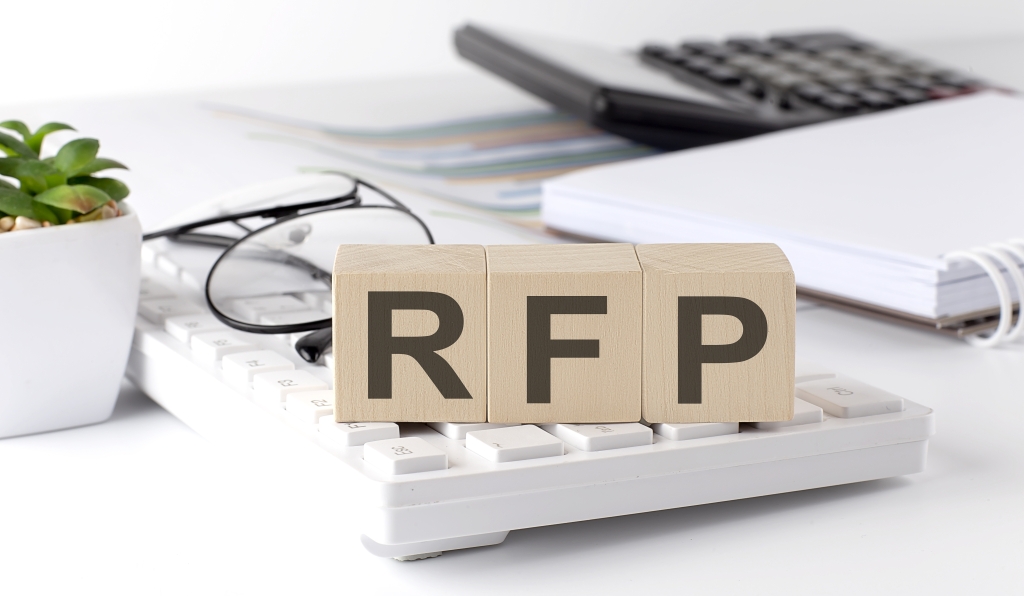For years, hospitals routinely renewed contracts with radiology groups without significant disruption. However, the increasing use of Requests for Proposals (RFPs) signals a shift in hospital decision-making. Receiving an RFP can be an indication of hospital dissatisfaction, changing priorities, or a desire to explore new options.
For years, hospitals routinely renewed contracts with radiology groups without significant disruption. However, the increasing use of Requests for Proposals (RFPs) signals a shift in hospital decision-making. Receiving an RFP can be an indication of hospital dissatisfaction, changing priorities, or a desire to explore new options.
For radiology groups, working with radiology consulting services like Enhance Healthcare Consulting to understand why an RFP has been issued and how to respond strategically is crucial to retaining contracts and maintaining long-term partnerships.
Understanding RFP Triggers
An RFP can come as a surprise, especially if a radiology group assumes its hospital relationship is stable. However, hospitals today are prioritizing metrics beyond sheer volume. Instead, they are focusing on:
- Quality of Care: Measurable improvements in patient outcomes.
- Service Performance: Responsiveness, reporting accuracy, and workflow integration.
- Value Alignment: Contribution to hospital-wide initiatives and cost-efficiency. If an RFP is issued, it often indicates that the radiology group is not fully meeting hospital expectations in one or more of these areas.
The Emotional Impact of an RFP
Receiving an RFP can be unsettling for radiologists and practice leaders. Common reactions include:
- Feeling Undervalued: A sense that past contributions are being overlooked.
- Frustration & Anxiety: Concerns about job security and the practice’s future.
- Disbelief: A false sense of security that contract losses only happen to other groups. While these reactions are understandable, responding with a clear strategy rather than emotion is essential to navigating the process successfully.

Identifying Potential Competitors
Understanding the competitive landscape is crucial when responding to an RFP. Hospitals may consider proposals from:
- Local Radiology Groups: Regional providers with existing relationships in the area.
- National Radiology Firms: Large companies offering expanded services and technology.
- Academic Institutions: University-affiliated radiology departments with teaching and research capabilities. Radiology groups should assess their competition and position themselves as the most valuable option.
Why Hospitals Issue RFPs
Hospitals have several motivations for initiating an RFP process, including:
- Negotiation Leverage: Hospitals may use an RFP to push existing groups toward compliance with certain provisions, such as non-compete agreements, expanded coverage, or contractual performance metrics.
- Exploring Alternatives: Hospitals frequently receive solicitations from national radiology providers and may want to assess whether an alternative group offers advantages.
- Improving Quality and Service: If the hospital perceives deficiencies in radiology services, leadership may seek a provider that better aligns with evolving expectations.
Strategies to Retain a Radiology Contract

Radiology groups can take proactive steps to maintain their hospital partnerships:
- Engage Proactively: Regularly communicate with hospital administrators and decision-makers to ensure alignment on expectations.
- Demonstrate Value: Provide measurable data on radiology performance, efficiency improvements, and contributions to hospital-wide initiatives.
- Be Adaptable: Willingness to adjust services, coverage hours, or reporting processes can strengthen the hospital relationship.
- Highlight Relationships: Showcase strong physician and administrator relationships, emphasizing integration within the hospital ecosystem.
- Leverage Data & Technology: Utilize advanced analytics to demonstrate efficiency, accuracy, and value in patient care.
The Importance of a Strong RFP Response
If an RFP is issued, responding effectively is critical. Radiology groups should engage radiology consulting services, legal advisors, and hospital liaisons to craft a competitive proposal in addition to:
Carefully Analyzing the RFP – Understand specific hospital concerns and tailor the proposal to address them directly.
Providing Concrete Commitments – Avoid vague assurances; instead, outline specific service enhancements and performance guarantees.
Demonstrating Financial and Operational Stability – Show the hospital that your group can provide cost-effective, high-quality care.
Learn more about our radiology consulting services by contacting us today!
An RFP should not be seen as an inevitable contract loss but rather as a signal to reassess and realign with hospital priorities. By engaging proactively, demonstrating clear value, and responding strategically, radiology groups can not only retain their contracts but also strengthen their long-term positioning in an increasingly competitive landscape.
Learn more by contacting the experts from Enhance Healthcare Consulting online today or calling (954) 242-1296.

Andrew Mazzella is a seasoned healthcare administrator with 25+ years of experience in practice management and operations. Since 2003, he has led in radiology management and became CEO of Radiologic Associates, P.C. (RAPC) in 2009. Under his leadership, RAPC expanded across NY, NJ, and PA, supporting 8 hospital systems, outpatient imaging centers, and numerous medical practices. His expertise includes financial management, business development, and process re-engineering for growth-driven, patient-focused organizations.

